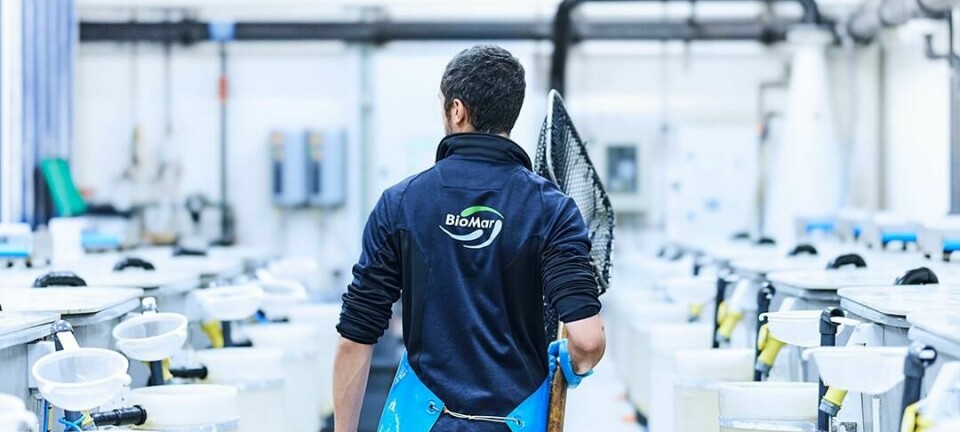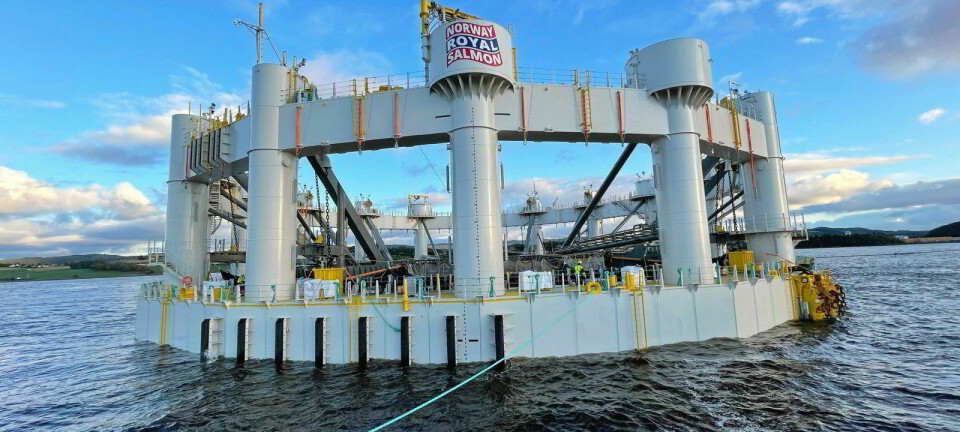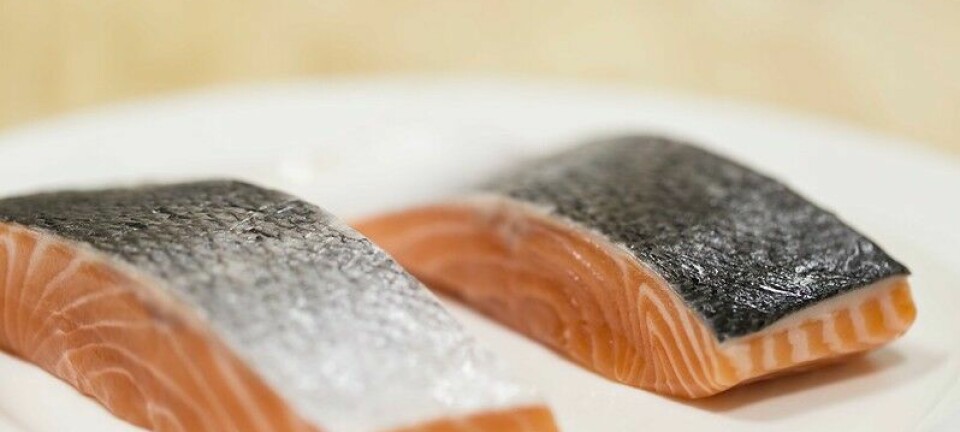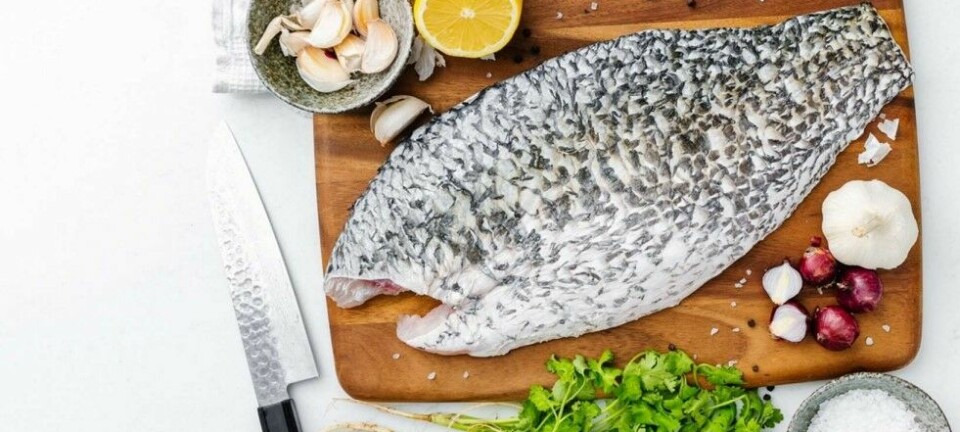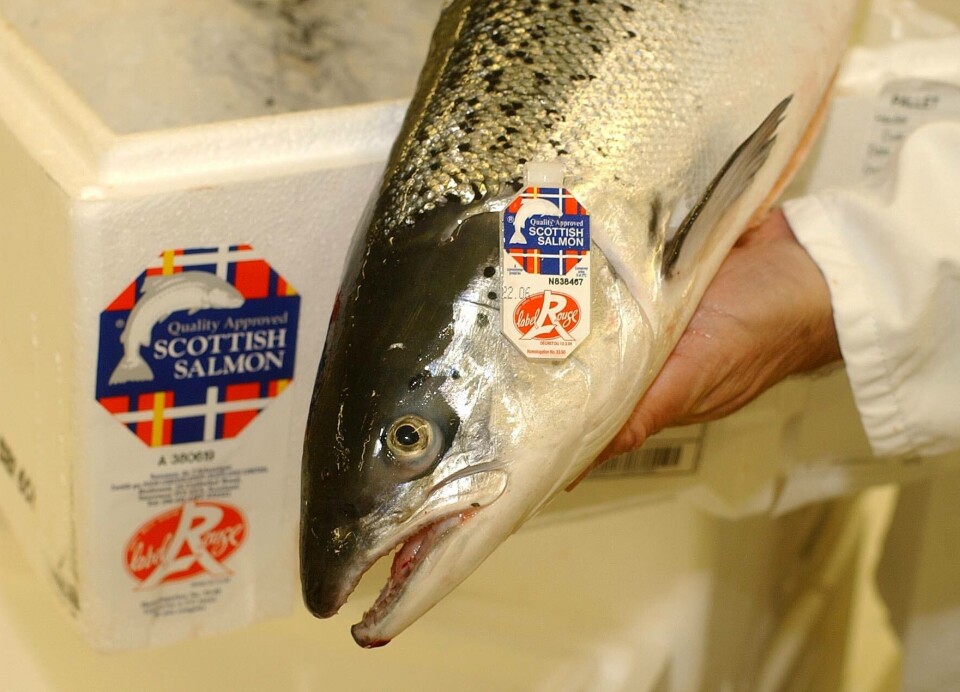
Final Myth: “Farmed fish and shellfish doesn’t taste as good” (as “wild” seafood)
Opinion
Many a populist food writer and even a longer list of environmentalists have regularly proclaimed that they much prefer the taste of “wild” fish like salmon over that of the farmed variety- despite the fact that much of the salmon caught by fishing boats in Canada and the United States (especially in Alaska) also come from hatcheries and floating farms after being given the same food as conventionally farmed salmon. Canada’s most famous environmentalist- David Suzuki- even described farmed salmon as “poison”, and in the process lost any credibility he may previously have enjoyed by professional scientists and government agencies responsible for food safety.
As far as I know- nobody is forced to consume farmed salmon, which means that most likely- the overwhelming majority of the approximately 8,000,000,000 portions being consumed this year are eaten by persons that like the taste of farmed salmon. In the U.S. alone, almost 1.5 billion helpings of farmed salmon will be served this year. FishfarmingXpert has always maintained that most people- including chefs- will not be able to tell the difference between wild and farmed salmon of the same species during a taste test. And often even experts will register a preference to farmed salmon. This was recently demonstrated in a survey conducted by the Washington Post, where the paper reports that “Farmed salmon beat wild salmon, hands down. The judgments were definitive, and surprising”. The results were (with a score ranging from 1 to 10):
1. Costco farmed Atlantic, frozen in 4 percent salt solution, from Norway; $6 per pound (7.6 out of 10)
2. Trader Joe’s farmed Atlantic, from Norway; $10.99 per pound (6.4)
3. Loch Duart farmed Atlantic, from Scotland; $15 to $18 per pound (6.1)
4. Verlasso farmed Atlantic, from Chile; $12 to $15 per pound (6)
5. Whole Foods farmed Atlantic salmon, from Scotland; $14.99 per pound (5.6)
6. ProFish wild king (netted), from Willapa Bay, Wash.; $16 to $20 per pound (5.3)
7. AquaChile farmed Atlantic, from Chile; $12 to $15 per pound (4.9)
8. ProFish wild coho (trolled), from Alaska; $16 to $20 per pound. (4.4)
9. ProFish wild king (trolled), from Willapa Bay; $16 to $20 per pound (4)
10. Costco wild coho, from Alaska; $10.99 per pound (3.9)
(1 US$ ~ € 0.75, 1 pound ~ 0.454 Kg)
And as NOAA explains, “Most wild and farmed salmon are different species so you would expect them to taste different just as turkey does not taste like chicken. Some people prefer the fishier taste of wild salmon and many prefer the milder taste of farmed”.
Another reason people eat large amounts of salmon is the health benefits widely reported as being associated with consuming seafood like farmed salmon- particularly due to its high content of Omega-3 fatty acids (EPA & DHA). The US-based Seafood Health Facts- A joint project of Oregon State University, Cornell University, the Universities of Delaware, Rhode Island, Florida & California and the Community Seafood Initiative states that “Health organizations suggest an EPA+DHA intake of at least 250 to 500 milligrams per day. The American Heart Association recommends 1000 milligrams of EPA+DHA per day for patients with coronary heart disease, and two meals of oily fish per week for people without heart disease”. The organization also reports that in a cooked, 3 ounce (~85 gram) portion, the following amounts of Omega-3 fatty acids were found:
- Farmed Atlantic and wild Chinook salmon: over 1,500 mg
- Wild Pink, Sockeye and Chum salmon (canned): 1,000 to 1,500 mg
- Wild Pink, Sockeye, Chum and Coho salmon (not canned): 500 to 1,000 mg

































